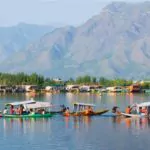Essential Packing List for a Winter Trip
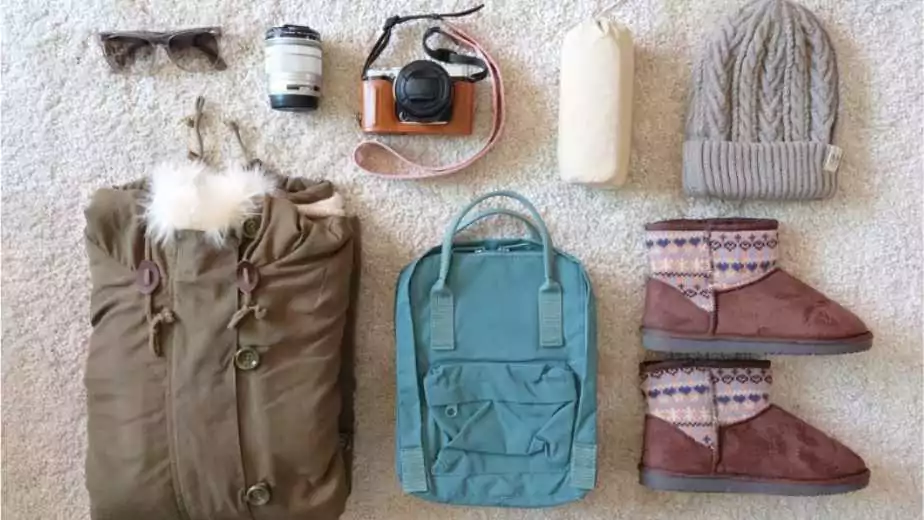
Preparing for a winter getaway is thrilling, but it also requires careful planning, especially when it comes to packing. Standing at the foot of a snow-covered mountain, you realise the importance of being well-prepared. Packing for winter trips is crucial for comfort, safety, and enjoyment. It’s all about striking the right balance between warmth, practicality, and avoiding overpacking.
This blog serves as your comprehensive guide for winter travel preparations. Whether you’re an experienced snow lover or are embarking on your first winter trip, we provide a detailed packing list tailored for the cold weather. From essential clothing to indispensable accessories, we’ll ensure you’re fully equipped for a memorable winter adventure. Join us in making your next winter journey seamless and enjoyable.
1 Understanding Winter Travel Needs
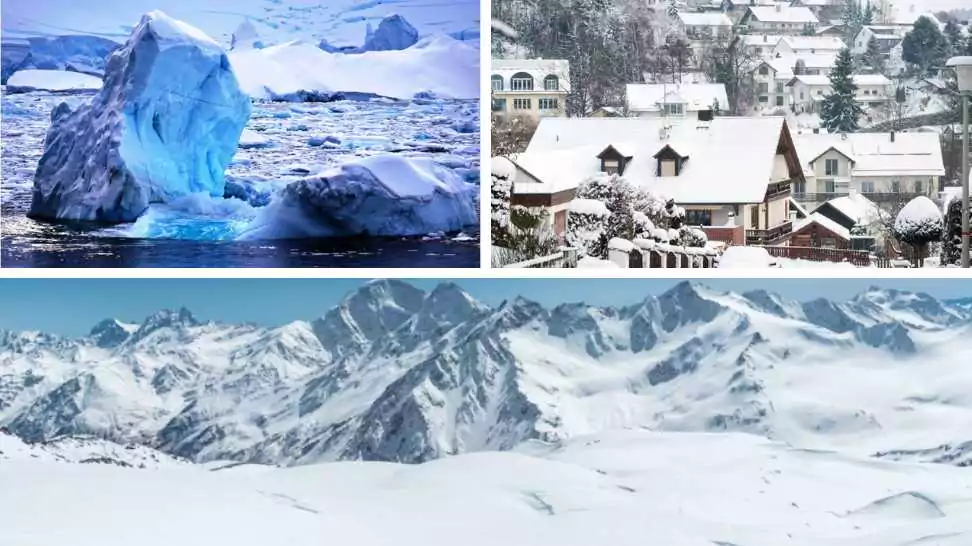
When planning winter travel, it’s essential to consider the unique needs of your destination. Different winter locations, such as mountains, cities, and polar regions, require distinct approaches to packing.
Destination Variances:
- Mountains: For mountain destinations, prioritise gear that keeps you warm and dry. This includes thermal wear, waterproof outerwear, and high-quality boots for snowy and icy conditions. Don’t forget accessories like gloves, hats, and scarves.
- Cities: Urban winter travel might not require as heavy-duty gear as mountainous areas, but layers are still key. A warm coat, comfortable walking shoes that can handle potentially slippery streets, and lighter layers for indoor warmth are essential.
- Polar Regions: These extreme environments demand specialised gear. In addition to insulated jackets and thermal layers, consider UV-protective sunglasses and high-SPF sunscreen due to the high reflectivity of snow.
Weather Considerations:
- Before packing, research the specific weather conditions of your destination. Temperatures, snowfall, and wind chill can vary greatly even within the same region.
- For colder climates, look into the likelihood of extreme weather events like blizzards, which may require additional preparation.
- Understanding the typical weather patterns helps in choosing the right clothing and accessories, ensuring comfort and safety.
Activity-Based Packing:
- Skiing or Snowboarding: These activities necessitate specialised equipment like ski jackets, pants, goggles, and if you’re bringing your own, skis or snowboards.
- Hiking: If hiking is on your agenda, pack moisture-wicking layers to stay dry, sturdy boots, and perhaps even traction devices for shoes if icy trails are expected.
- City Exploration: For city travellers, comfort and versatility are key. Pack clothes that are stylish yet functional, and don’t underestimate the importance of comfortable, weather-appropriate footwear.
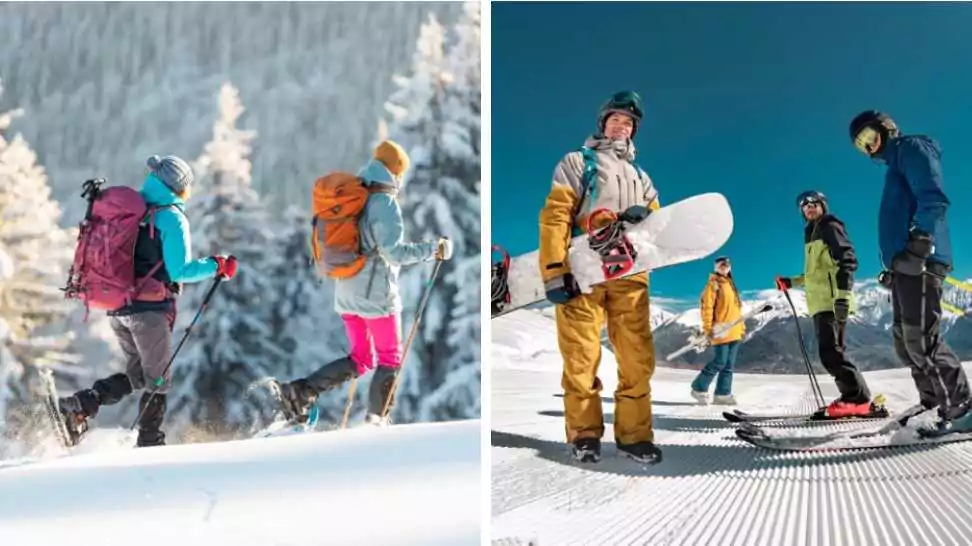
2 Core Essentials of Winter Packing
When preparing for winter travel, efficient packing is crucial to ensure comfort and protection against the cold. Here’s a guide to the core essentials of winter packing:
Clothing: Layering Strategy

- Base Layer: This is your first line of defence against the cold. Opt for moisture-wicking materials like merino wool or synthetic fibres that keep sweat away from your body. This layer should be snug but comfortable.
- Insulation Layer: The purpose of this layer is to retain body heat. Materials like fleece, down, or synthetic insulation work best. Sweaters, vests, and lightweight jackets are good options.
- Outer Layer: This is your shield against wind, rain, and snow. Look for waterproof and windproof jackets and pants. Breathability is also a factor to consider, as it helps in regulating body temperature.
Specific Clothing Items

- Thermal Wear: Essential for maintaining core body temperature. Choose thermals that are lightweight and fit comfortably under other clothing.
- Sweaters: Wool or synthetic sweaters provide excellent insulation. They can be layered under a jacket or worn alone in milder conditions.
- Waterproof Jackets and Pants: These are vital in snowy or rainy conditions. Look for sealed seams and adjustable features for a better fit and enhanced protection.
Footwear

- Waterproof and Insulated Boots: These are non-negotiable in snowy and wet conditions. They keep your feet dry and warm and prevent frostbite.
- Hiking Boots: For winter hikes, choose boots with good traction and ankle support. Insulated and waterproof models are recommended.
- Casual Boots: For urban travel or less intense activities, waterproof and insulated casual boots are sufficient. They should be comfortable for long walks.
Accessories
Hats, Gloves, Scarves, and Socks: These are critical for keeping extremities warm. Heat loss is significant through the head, hands, and feet.
Material Importance:
- Wool: Great for heat retention and moisture-wicking. Ideal for hats and socks.
- Fleece: Offers warmth without much weight. Good for gloves and scarves.
- Synthetic: Durable and quick-drying, suitable for gloves and base layers.
3 Specialised Gear and Gadgets
When venturing into winter sports and outdoor photography in cold environments, having the right gear and gadgets is crucial for both performance and enjoyment. Here’s a breakdown of essential items for these activities:
Winter Sports Equipment
Skiing and Snowboarding
- Rent vs Bring Your Own: Renting equipment at the destination can be convenient and offers the chance to try the latest gear. It’s ideal for occasional skiers or those travelling without the means to transport their gear. On the other hand, bringing your equipment ensures familiarity and comfort, which can enhance performance. It’s often preferred by regular skiers or those with custom-fit gear.
Photography Gear
Protecting Equipment in Cold Weather
- Insulation: Keep your camera and lenses in insulated bags when not in use. This protects them from extreme cold, which can affect battery life and mechanical components.
- Condensation Prevention: Avoid moving your equipment from cold to warm environments rapidly. This can cause condensation, potentially damaging the electronics. Using silica gel packets in your camera bag helps absorb moisture.
- Batteries: Cold weather drains batteries faster. Carry spare batteries and keep them warm, perhaps close to your body, until they’re needed.
Tech Gadgets
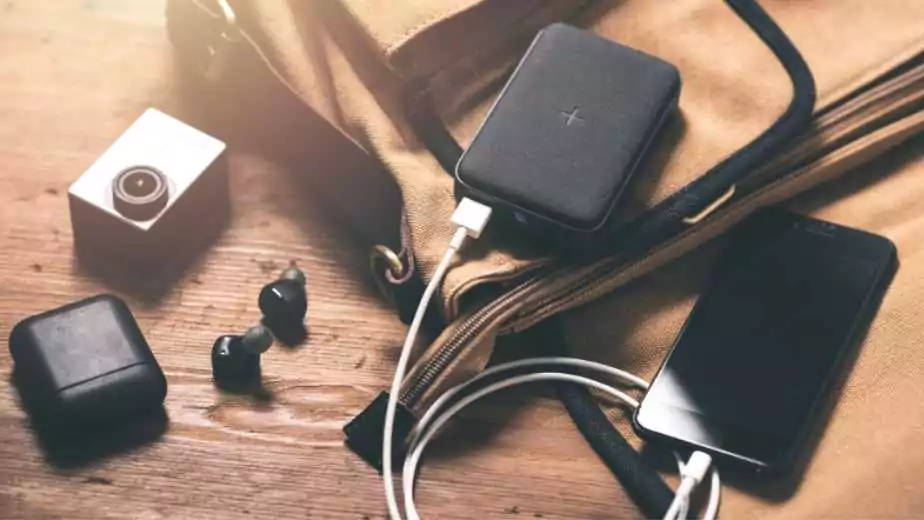
- Power Banks: Essential for keeping your devices charged. Opt for ones with a high milliampere-hour (mAh) rating for longer use.
- Appropriate Adapters: If travelling internationally, ensure you have the right power adapters for your devices. Some modern power banks and portable chargers come with built-in adapters for different regions.
4 Health and Safety Items
Health and safety items are essential for outdoor activities, especially in winter. Here’s an overview of some vital items to include:
First Aid Kit: A winter-specific first aid kit should be tailored to address the unique challenges of cold weather. It should include items such as frostbite cream to treat any skin exposed to severe cold, and heat packs that can be activated to provide instant warmth. This kit is not just for treating injuries but also for preventing them. The inclusion of bandages, antiseptic wipes, and other standard first-aid items is also recommended.
Sun Protection: Despite the colder temperatures, sun protection is crucial in winter, particularly because snow can reflect up to 80% of UV rays, increasing the risk of sunburn. Sunscreen with a high SPF should be used to protect exposed skin, and lip balm with SPF is essential to prevent chapped and sunburned lips. Sunglasses or goggles with UV protection are also advisable to protect your eyes from glare and UV rays.
Hydration and Nutrition: Maintaining hydration is as important in cold weather as in warm weather. Carrying reusable water bottles ensures you have a sufficient water supply, and it’s environmentally friendly. Including snacks like energy bars, nuts, or dried fruits can provide a quick energy boost and help maintain energy levels throughout the day.
These health and safety items are crucial for any winter outdoor activities to ensure safety, comfort, and enjoyment. Being well-prepared can make a significant difference in handling the challenges posed by winter environments.
5 Travel Essentials
Choosing the right luggage is crucial when travelling in winter, especially for activities like skiing or snowboarding. You’ll need a large, durable bag, preferably a hardshell suitcase or a high-capacity travel backpack. These types of luggage offer the best protection and space for bulky winter clothing and gear. Look for features like waterproofing and robust wheels (for suitcases) or padded straps (for backpacks) for comfort and ease of transport.
Keeping your travel documents safe and dry is also essential. A waterproof document holder is a must-have. These holders not only protect your documents from snow and rain but also help in organising passports, tickets, and other crucial papers. Opt for a holder that’s lightweight, compact, and made from durable materials like PVC or nylon.
Lastly, travel insurance is particularly important for winter travel. Winter sports and activities come with inherent risks, and having insurance that covers medical emergencies, trip cancellations, and gear loss or damage can be invaluable. Look for policies that specifically cover winter sports. This can save a lot of hassle and unexpected costs in case of accidents or unforeseen weather conditions disrupting your travel plans. Remember, peace of mind is a critical component of any enjoyable travel experience.
6 Packing Tips and Tricks
Packing efficiently for travel can transform your experience, making it more organised and less stressful. Here are some tips and tricks to help you pack smartly:
Space-Saving Techniques
Compression Bags: These are great for reducing the volume of bulky items like jackets and sweaters. By removing air, they can significantly decrease the space these items take up.
Rolling vs. Folding: Rolling clothes instead of folding them can save space and also prevent wrinkles. It’s particularly effective for casual clothes like T-shirts and jeans. For more formal wear, folding might be better to maintain the structure of the garments.
Organising
Packing Cubes: These are lifesavers for keeping your suitcase organised. You can categorise your items (like tops in one cube, bottoms in another) which not only saves space but also makes it easier to find what you need without rummaging through everything.
Categorising Items: Group similar items together. Keep all your chargers and electronic accessories in one pouch, toiletries in another, etc. This not only saves space but also keeps your luggage tidy and manageable.
Last-Minute Checks
Quick Checklist: Before you leave, do a quick run-through of essential items – passport, tickets, chargers, medications, and any travel-specific items like adapters or travel guides. Keeping a standard checklist on your phone or in a travel journal can be a huge help.
7 Wrapping Up
In conclusion, successful winter travel hinges on thoughtful preparation and smart packing. Key elements include choosing the right clothing layers, selecting appropriate gear for specific activities, and not overlooking essentials like health and safety items. Remember, the goal is to stay warm, safe, and comfortable. Efficient packing, using space-saving techniques and being organised, can make a significant difference. This guide serves as your blueprint for an enjoyable and memorable winter adventure. So pack wisely, embrace the winter landscapes, and make the most of your chilly but charming travels!
Community Q&A
About This Article
This article has been viewed 151 times.


